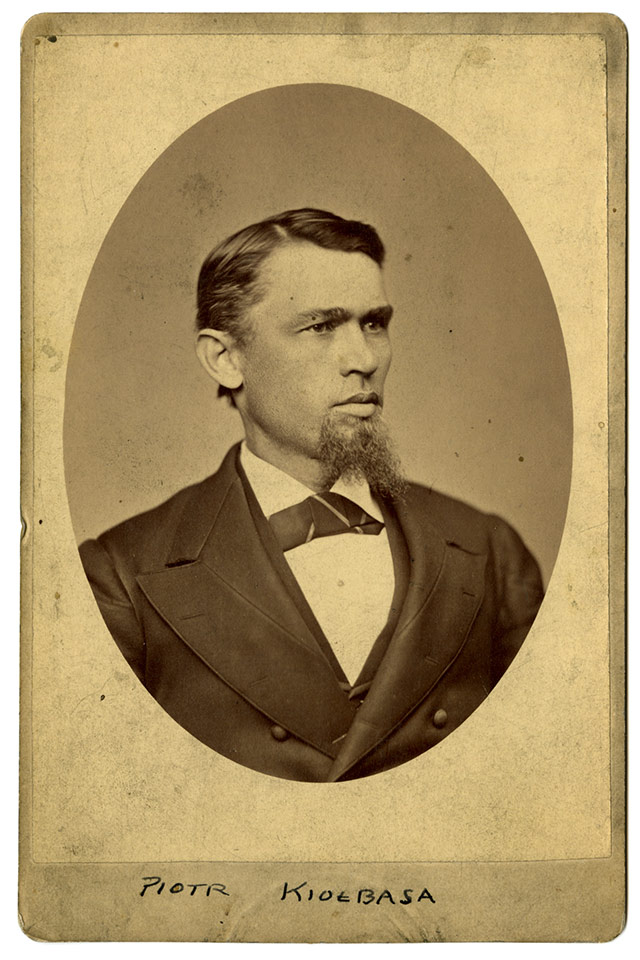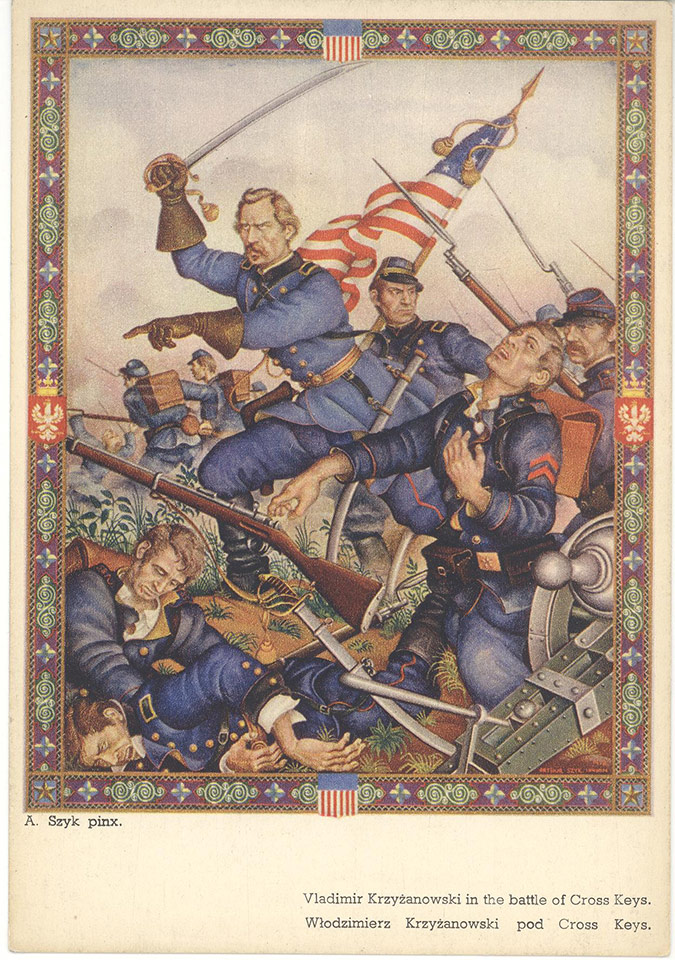THE POLISH CONTRIBUTION TO JUNETEENTH
The new federal holiday commemorates the anniversary of the order, issued by Major General Gordon Granger on June 19, 1865, proclaiming freedom for slaves in Texas – an announcement to the last surviving area of slave-owning Confederates, that the war of southern secession was over, that their cause was finished, and that the slaves under their control were now free. The question of slavery, which had perplexed the country since its founding and continued to shape it through such events as the Louisiana Purchase of 1803, the Missouri Compromise, the annexation of Texas, and the Mexican-American War, was brought to a head with the election of anti-slavery Republican Party candidate Abraham Lincoln, because of the split in the Democratic Party of slave-owners in the South and moderate Democrats in the North. The initial secession of seven slave states and the seizure of federal forts and arsenals led to the call for volunteers to preserve the Union. The Civil War lasted from April 12, 1861 to May 26, 1865.
Of the 4,000 Poles who joined the Northern armies, many had military experience in Europe. This included General Włodzimierz Krzyzanowski, who fought in the failed military expedition and insurrection of 1846 and escaped to America. In 1861, he helped recruit the 58th New York regiment. It was named the Polish Legion, even though it included French, Italian, Irish, Hungarian members, and about 100 Poles. Krzyzanowski fought at Cross Keys and 2nd Bull Run in 1862. At Gettysburg, he commanded a brigade and helped in the Union victory. He served in various governmental positions after the Civil War. Because of his service to the Union, his body was transferred to Arlington National Cemetery, during the FDR years.
The second Union General Józef Karge had been a soldier in the Prussian cavalry and took part in the 1848 “Springtime of the Peoples” and had to flee to the USA. He volunteered early and was given command of the 1st New Jersey cavalry. He led his troops against such Confederate leaders as Stonewall Jackson and JEB Stuart. After the war, he entered the field of higher education
A third Union general was from the Austrian part of Poland. Gen. Albin Schoepf served in the Austrian Army until the 1848 “Springtime of the Peoples,” when he joined the Polish Legion fighting in Hungary. Also, a refugee, he came to America and fought for the Union in the area of Kentucky.
A fourth Pole who helped secure freedom for slaves had a different history from the already mentioned generals. Piotr Kiolbassa arrived in Texas as a teenager with the first group to settle Panna Maria. When Texas seceded, he joined a Texan unit and was elected captain. Captured by Union forces, he switched sides, became a Union officer, and commanded black troops as a squadron commander of the 3rd US Colored Cavalry. After the war, he moved to Chicago and became involved in the Polish community, helping to establish St. Stanislaus Kostka parish in 1867. He became involved in local politics, elected as the first Polish American alderman in Chicago, and later, city treasurer. He was active in 1893 when the city celebrated the 500th Anniversary of the Discovery of America by Columbus with a World’s Fair exhibit.
As we honor Juneteenth, remember the 4,000 Poles and Polish Americans, out of a population of around 30,000, who helped in the cause to end slavery in the United States.
If you want to learn more about the roles of Poles during the Civil War, we invite you to check out Mieczyslaw Haiman’s book, “Polish Past in America,” available at the Polish Museum of America.
Jan Lorys


